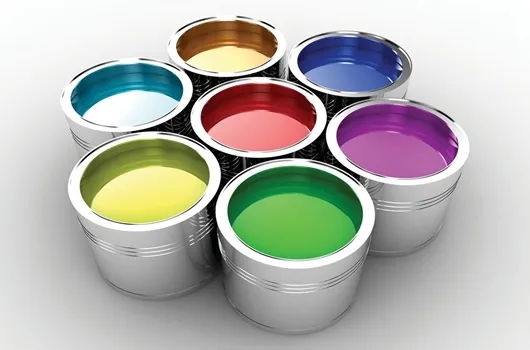Reactive dyes are mainly composed of two parts: a reactive group and a dye parent. The two parts can be connected directly or through a bridge.
The molecular structure of reactive dyes is a whole. Changes in the structure of each part will be reflected in all aspects of dye performance. As far as the main factors are concerned, the reaction performance of the dye and the stability of the “dye-fiber” bond generally depend on the structure of the active group. The dye matrix often has no influence on the adhesion, diffusibility, color, light fastness, etc. of the dye. greater impact.
Classification of reactive dyes
Can be classified by active group or parent structure.
(1) Classification by reactive groups Because reactive groups are an important component of reactive dyes, their structural properties have a significant impact on the stability, reaction speed, and stability of this type of dyes. The stability of the bond and related properties are closely related, so the selection of reactive groups is very important, and groups that are not easy to hydrolyze, have good stability, are easy to combine with fibers and have good stability after combination should be selected as reactive dyes active groups in. Commonly used reactive group reactive dyes can be divided into the following categories.

① Cyanuric chloride reactive dyes are produced by reacting one of the chlorine atoms with the dye matrix under appropriate conditions. A reactive dye obtained. Depending on the number of substitutions of chlorine atoms, it can be divided into two types: dichlorotriazepine type and monochlorotriazepine type.
a. Difluorotriazepine type. Foreign brands such as Pushan MX and domestic X-type reactive dyes belong to this category. Also known as ordinary or cold-dyed reactive dyes.
b. Monochlorotriazepine type. Foreign Pushion H. Cibaclone brand and domestic K-type reactive dyes all belong to this category, and It is a thermosetting reactive dye.
This dye has low reactivity, but good stability. When dissolved, it can be heated to boiling without significant decomposition. It needs to be fixed at a higher temperature. .
② Vinyl sulfone reactive dyes Foreign brands such as Remazol and domestic KN-type reactive dyes belong to this category.
The vinyl sulfone group is the reactive group of this type of dye. The reactivity of this dye is between monochlorotriazobenzene and dichlorotriazobenzene reactive dyes. between. Its main features are: it is very stable in neutral solution and does not hydrolyze even if it is boiled; it has good acid stability and good solubility, but the “dye-fiber” resistance to alkaline hydrolysis is poor.
③Other reactive group reactive dyes such as dual reactive group reactive dyes; diazepam (pyrimidine) reactive dyes: 2,3 dichloroquine type Reactive dyes; 2-chlorobenzene, thiazole-type reactive dyes, etc. These reactive dyes have different properties due to different reactive group structures, and thus can be suitable for dyeing different dyed objects.
(2) Classification by dye matrix. The dye matrix not only gives reactive dyes different colors and vividness. The dye matrix has a great influence on the dyeing performance and dye fastness. Therefore, the selected dye matrix must have one or several sulfonic acid groups to make the dye have better water solubility. However, the dye molecules should not be too large, otherwise the dye will not be easily washed out during hydrolysis and will also affect the diffusion of dye molecules inside the caustic fiber. There are mainly ① azo type, ② allium quinone type, ③ phthalocyanine type and other types of dye precursors.



 微信扫一扫打赏
微信扫一扫打赏
